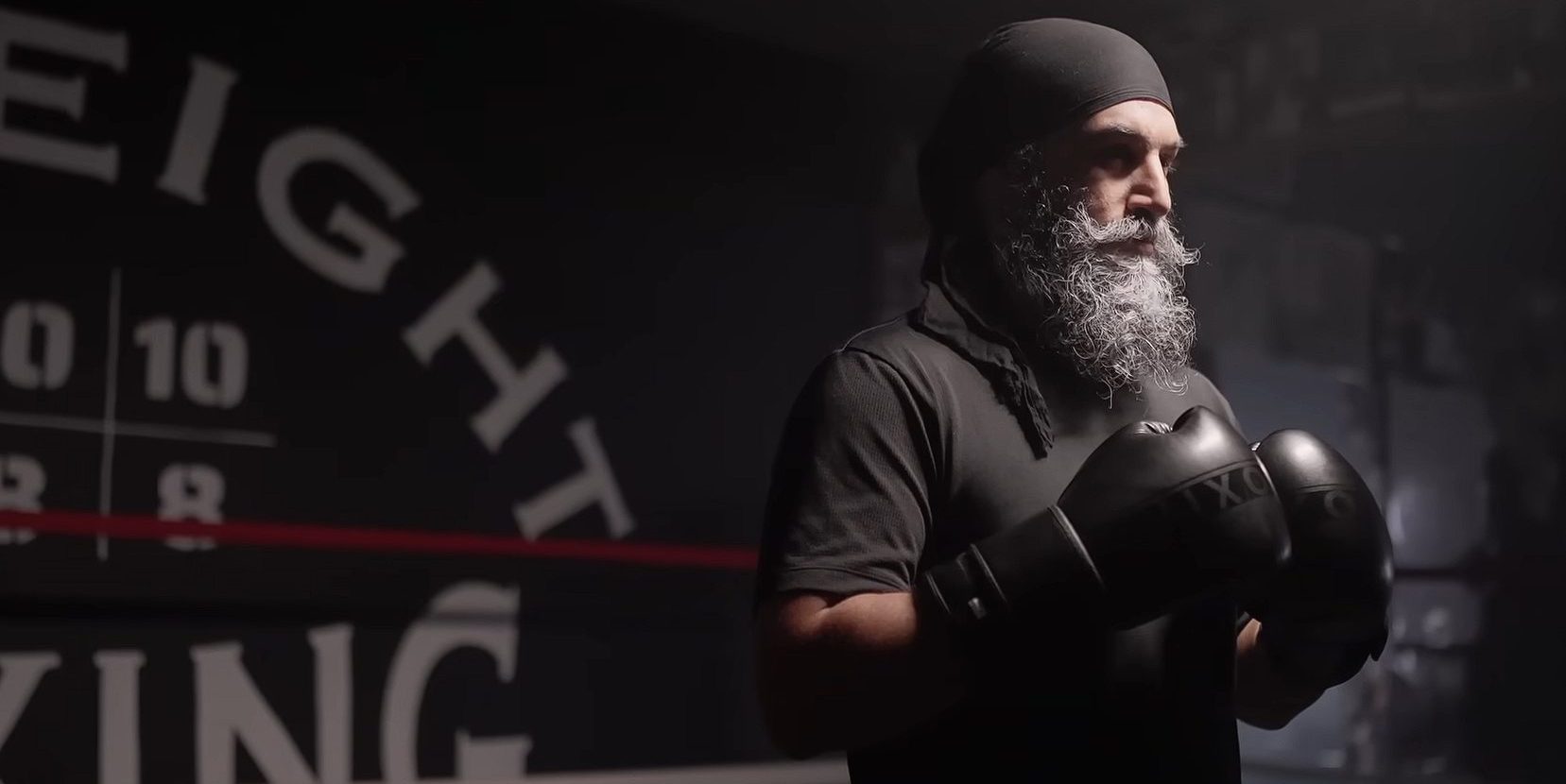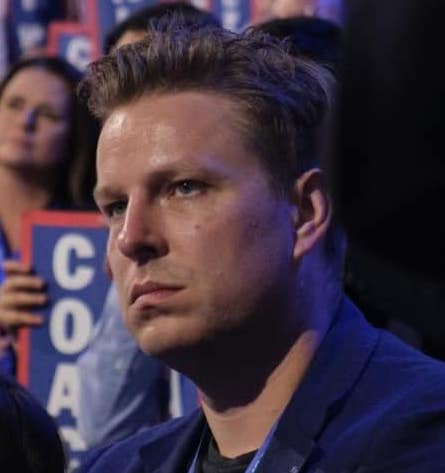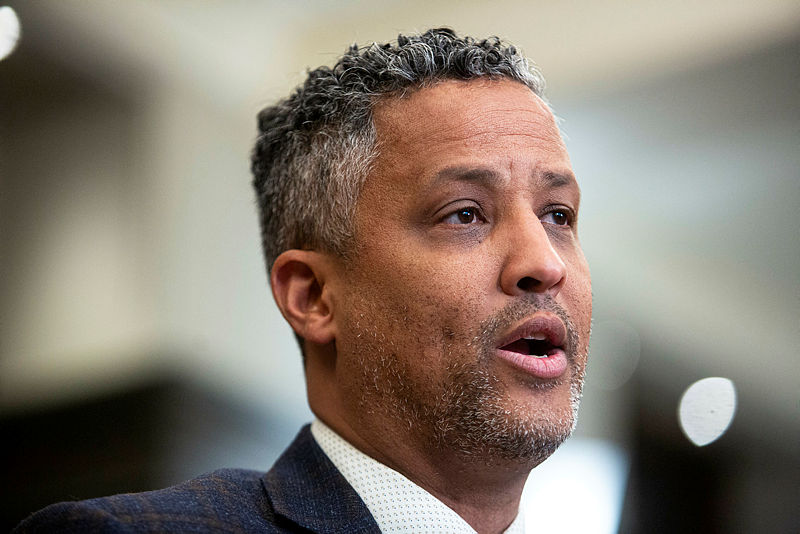NDP needs to go ‘back to the drawing board’ on election strategy or face further drop in the polls, say pundits

NDP Leader Jagmeet Singh says he and his party have no “plan B” in the next election other than winning, but with his party slipping closer to single digits in the polls, strategists say he needs a better plan than to just go down swinging.
On Feb. 18, the Angus Reid Institute’s latest survey indicated a drastic 21-point increase in the Liberals’ polling, from 16 per cent support in December to 37 per cent in a hypothetical scenario where presumed front-runner Mark Carney wins the March 9 leadership race. Yet while the Conservatives saw a slight five-point decline to 40 per cent in this scenario, the NDP saw the most significant drop, down from 21 to 10 per cent. Under the hypothetical leadership of former finance minister Chrystia Freeland (University–Rosedale, Ont.), Liberal support settles at 29 per cent, and NDP support levels off at 16 per cent.
New, now: Federal vote intention tightens to near-tie as Liberals and New Democrats rally around Carneyhttps://t.co/bCstSCh8yE pic.twitter.com/3hdbYy3PjD
— Angus Reid Institute (@angusreidorg) February 18, 2025
Léger’s Feb. 17 poll indicated a similar downward trend, with the NDP polling at 11 per cent, down from just under 20 per cent at the end of December. Polling aggregator 338Canada also indicates a five-point drop for the New Democrats since Prime Minister Justin Trudeau’s (Papineau, Que.) resignation on Jan. 6, with the NDP’s polling average at 14 per cent.
The 338Canada current seat projection indicates the NDP is currently on track to potentially lose more than half of its current seats, winning an estimated 11 seats should its current polling hold into the next election. The Conservatives still hold a more than 50-seat lead with 177—five seats more than is needed for a majority government in the expanded 343-seat House of Commons—followed by the Liberals with 120, the Bloc Québécois at 33, and the Greens with two.
Despite Trudeau’s pending departure and tariff threats from United States President Donald Trump reinvigorating the Liberals, Singh (Burnaby South, B.C.) has yet to indicate any change in course or consideration of anything less than first place.
“There’s no plan B; it’s all plan A,” Singh told Canadaland podcast host Noor Azrieh during a Feb. 18 episode when asked what he plans to do if his party fails to win the next election.
“You can’t go into an election thinking anything other than ‘I’m running to win,’ and I want folks to know that I believe in it,” Singh told Azrieh, followed by a list of all the accomplishments he said his party had “forced” out of two minority Liberal governments, including the Canada Emergency Response Benefit during the COVID-19 pandemic, as well as the federal child, dental, and pharmacare programs.
“If we could do that, the first-ever expansion of our health care since we brought it in, with [24] MPs, I really want people to imagine what we could do if we had 100 MPs, if we were actually in government, [and] if I was prime minister,” Singh said. “Imagine the things we could do.”

However, some are also questioning whether Singh is still the best person to lead his party into the next election.
In a Feb. 6 opinion piece for The Hill Times, political strategist Matt Chilliak, who has worked for both provincial NDP campaigns and for the Democrats in the U.S., suggested that for the party to “turn things around … Singh needs to step down as leader—immediately.”
In a follow-up interview with The Hill Times on Feb. 20, Chilliak conceded that with even less time for the party to enact his suggestion—and possibly slimmer chances of his preferred replacement, new Manitoba Premier Wab Kinew, wanting the job—“the clock is still ticking.”
Chilliak said he wouldn’t expect or want Singh to be sending the message that there is a “plan B” until and unless he actually decides to leave, but given the current polling landscape, the ball shouldn’t entirely be in his court.
“My hope right now is that there’s a little bit of a role for caucus to play here,” Chilliak said. “I hope they might think about some behind-the-scenes pressuring if it’s not happening already because it’s one thing when you’re just looking at numbers dwindling, but it’s another thing when there are no safe seats … that should be ringing alarm bells for every single NDP MP.”
In a statement to The Hill Times, NDP MP Matthew Green (Hamilton Centre, Ont.) rejected the suggestion there is any desire for Singh to not lead the party into the next election, calling him a “steady hand through these difficult times.”
“Our NDP caucus is prepared to fight for Canadian workers, and deliver a platform that will keep them at the heart of decision-making,” Green wrote. “What we will offer come election time will be solid support for people along with an ambitious plan to build and buy Canadian.”
On Feb. 24, the party also placed a $500,000 bet on Singh as its champion, releasing a new 30-second “pre-election” television ad, Fighting For You.

“I got in the ring to take on the powerful few, and fight for you,” Singh narrates over a video of him sparring in a boxing ring, interspersed with clips of his childhood and family life.
“It’s time for someone in your corner … I won’t back down. I won’t stop fighting for you. I’m ready.”
If the party isn’t going to consider his plan B, Chilliak said it needs to devise a better way to achieve its current goal as the party’s strategy of reminding Canadians of what it has already accomplished has not been successful.
While it’s understandable for the NDP to want to run on its record of accomplishments, even with several “massive policy wins,” voters aren’t rewarding them for it, Chilliak explained.
“If Singh is staying at the helm, they should be going back to the drawing board,” Chilliak said, adding the NDP will need to present something new and at a similar level of impact and popularity as the Liberals’ recent promise of a new high-speed rail line.
“That’s a huge promise months before an election, so I’m not looking at it with rose-coloured glasses, but they’re thinking big,” Chilliak said. “The NDP needs to do similar.”

Earnscliffe Strategies’ Mélanie Richer, Singh’s former director of communications, suggested that while the Liberals were undoubtedly benefitting from a leadership-race boost, she believes Trump’s threats have been far more significant.
“Obviously, there’s a bump for the Liberals with Mark Carney, but since Trump, even Trudeau’s numbers have gotten better,” Richer said, noting the prime minister’s approval numbers had increased by 12 points and disapproval points dropped by 16.
“We’re in a different world than we were on Jan. 5, but we’re also in a different world than last week,” Richer said. “Folks are moving from angry to scared, and I think it’ll be important for the NDP, and all parties, to figure out how to respond.”
Richer said that if the party still hopes to champion previous accomplishments, it needs to reframe that messaging in the context of responding to Trump’s threats.
“It can’t just be ‘here are the things that we’re doing that make people’s lives more affordable.’ It’s ‘here’s what we’re doing to protect their jobs and standard of living,’” Richer said, explaining that while something like dental care is an important health measure, it’s also a “massive pocketbook issue.”
“Dental care will save a family of four $1,200 a year. If you’re worried about the difference between dental care and making your mortgage or rent that month, that’s massive,” Richer said.
The Hill Times






 LICENSING
LICENSING PODCAST
PODCAST ALERTS
ALERTS













